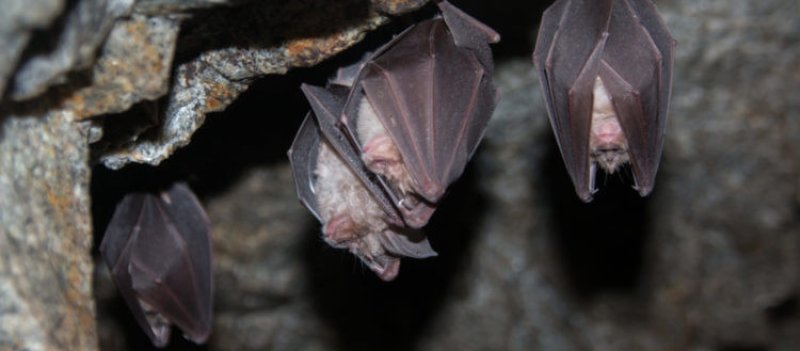The Scientist spoke with Peter Daszak, the president of the nonprofit EcoHealth Alliance and an infectious disease researcher who’s done extensive research on emerging viruses in China and elsewhere. He talked with us about how 2019-nCoV fits in with other coronaviruses, including the virus that causes SARS, and how future events might be prevented.
Peter Daszak: There’s a lot being done on how coronaviruses infect people from animals, because we’ve had a few events where they’ve jumped from animals into people.
…
We developed an antibody test and we went to communities in Yunnan Province [in] rural southwest China, and [tested] people who live near bat colonies where we’d found these viruses… We found a 3 percent prevalence of exposure to bat viruses… Suggesting that all the time across the region, bat viruses are getting into people and either infecting them with a mild infection [with] no clinical signs, or causing respiratory illness that never gets diagnosed properly. So this outbreak is probably just one of a number of spillover events that have happened in south China.
…
We’ve got to find all these viruses in bats, get the sequences in the labs, get the viruses in the lab, and start working on new drugs—and deal with sanitation conditions.































